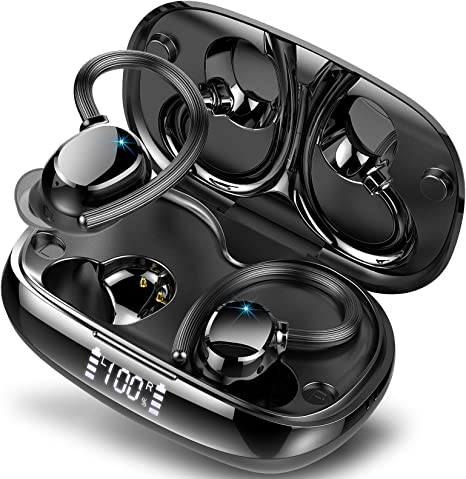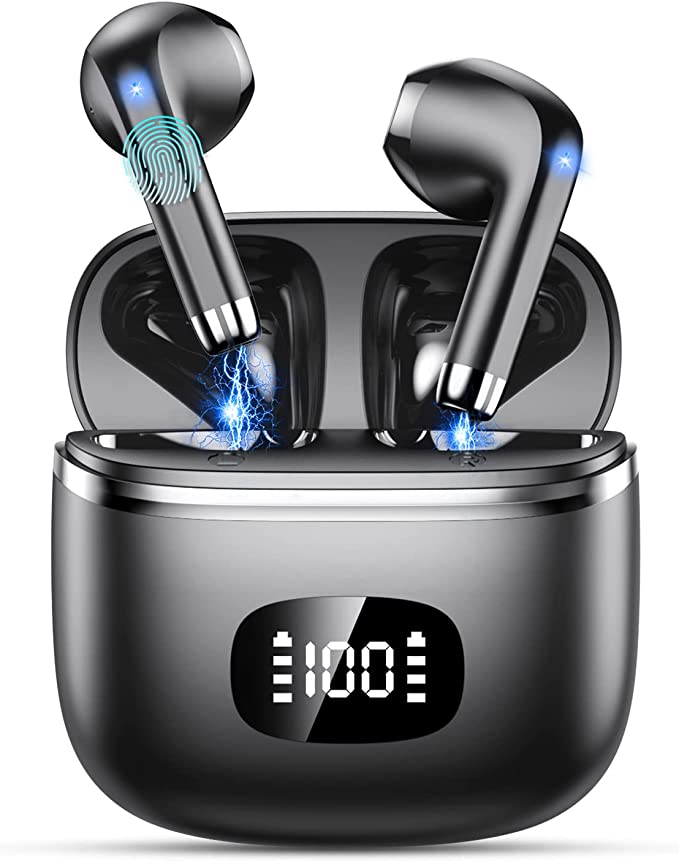Jafända JF500 Air Purifier: Breathe Easy with Advanced HEPA Filtration and Smart Technology
Update on June 10, 2025, 9:45 a.m.
Sunlight streams through the living room window, illuminating a silent, mesmerizing ballet of dust motes dancing in the golden shafts. It’s a classic image of domestic tranquility. Yet, within this peaceful scene lies a profound deception. We bolt our doors against the outside world, believing our homes are sanctuaries, our personal fortresses. But the greatest siege we face is often an invisible one, waged from within. According to the U.S. Environmental Protection Agency (EPA), the concentration of some pollutants can be two to five times higher indoors than outdoors. Our homes, in effect, can become containers, trapping an unseen army of invaders that compromise the very air we breathe.

This army is composed of two distinct battalions. First is the Particulate Legion: a vast swarm of microscopic particles. This includes PM2.5, fine inhalable particles from wildfire smoke, traffic exhaust, and industrial emissions that can sneak into our homes and penetrate deep into our lungs. It also includes the common triggers of household misery—pollen, pet dander, and dust mites—that can turn a beautiful spring day or a cuddle with a furry friend into an ordeal of sneezing and wheezing. The second battalion is more elusive: the Chemical Phantoms. These are the Volatile Organic Compounds (VOCs), gaseous pollutants that off-gas from new furniture, paint, carpets, and even cleaning supplies. As one user of the Jafända JF500 noted, the smell from new mattresses can be a significant concern, a tangible sign of these invisible chemical intruders silently occupying our space.

So, how do you fight an enemy you can’t see? You build a smarter wall—a defense-in-depth strategy engineered to trap both battalions. This is where modern air purification science transforms from a mere appliance into a sophisticated shieldwall.
The first line of defense is a microscopic labyrinth known as the HEPA filter. Born from a need for ultimate purity in a top-secret setting—the Manhattan Project, where it was developed to capture radioactive particles—the True HEPA filter is a marvel of material science. It’s not simply a fine screen. Its dense mat of fibers is engineered to capture 99.97% of particles at the most difficult-to-trap size: 0.3 microns. Anything larger is easily snared by inertia, while smaller particles move in an erratic zig-zag (a phenomenon called Brownian motion) that ensures they collide with a fiber. It’s a trap with virtually no escape. The Jafända JF500 deploys four of these H13-grade HEPA filters, creating an incredibly formidable barrier against the Particulate Legion.

But HEPA filters, for all their prowess, cannot stop the Chemical Phantoms. For that, you need a different kind of trap: a molecular parking lot. This is the role of activated carbon. Imagine a gram of it unfolded to have the surface area of several football fields, all thanks to a network of countless microscopic pores. When odorous gas or VOC molecules drift by, they are pulled into these pores by weak intermolecular forces and effectively taken out of circulation. The JF500’s filter system is packed with a substantial 0.66 pounds of this material, creating a vast molecular depot capable of adsorbing the noxious smells from cooking, pets, and the chemical off-gassing that plagues modern homes.
A fortress, however, is more than just strong walls; it requires a watchful guardian and an intelligent commander. This is the role of the JF500’s smart system. A built-in PM2.5 sensor acts as the tireless sentinel, using a beam of light to constantly scan the air and detect the density of particulate pollution. It sees what we cannot and reports its findings instantly on an intuitive color-coded display.

This real-time intelligence informs the commander: the purifier’s Auto Mode. Instead of running at a constant, inefficient speed, it acts like a strategic general, conserving energy when the air is clean and dispatching the full force of its powerful, 271-CFM (Cubic Feet per Minute) fan only when the sentinel reports an attack. This intelligent use of power is why it earns its Energy Star certification. And the victory is a quiet one. The dual DC motor and patented fan blades are engineered for whisper-quiet operation, dropping to a mere 22 decibels in sleep mode—quieter than a library. The battle for clean air doesn’t have to disturb the peace it’s meant to protect.

Let us return to that sunlit room. After this silent, ceaseless work, the scene has changed. The sunbeam is still there, but it is now a column of pure, clear light. The air feels lighter, crisper. A child with allergies plays on the floor without a sniffle, and the faint, worrying chemical smell from the new bookshelf has vanished. This is more than just a technological achievement. It represents a fundamental shift in our relationship with our home environment. We are no longer passive inhabitants at the mercy of unseen forces. By understanding the science and employing the right tools, we become active guardians. We reclaim our sanctuary, not by sealing ourselves off from the world, but by intelligently curating the atmosphere within it. The ultimate luxury, in the end, isn’t the device itself, but the profound peace of mind that comes from taking a deep, clean breath in the one place that matters most.


















